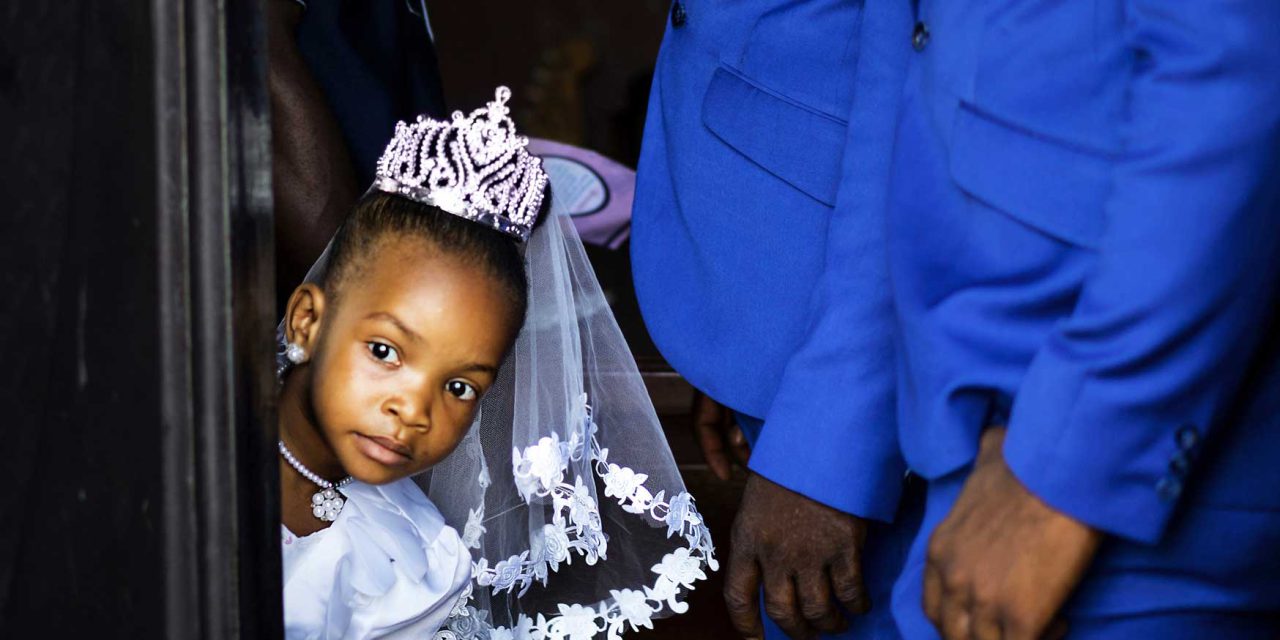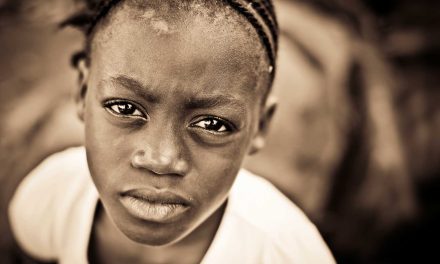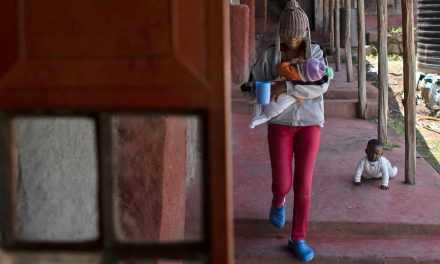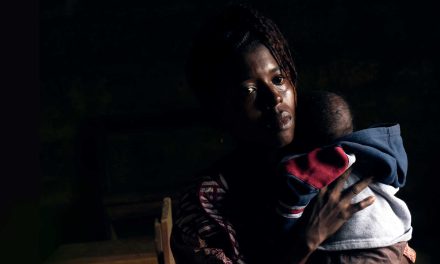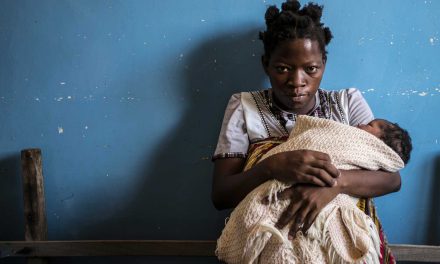Child marriages are a tradition that has existed globally across social classes, religions, and cultures. Historically, European royalty used child marriages as a strategy to secure political alliances, and in sacred texts such as the Qur’an, there is no explicit age limit for marriage. Child marriage is defined as a marriage where either one or both spouses are under the age of 18.
Most famously, the Prophet Muhammad married Aisha, who is said to have been approximately six years old at the time. Their marriage was later consummated when she reached nine, though there is debate about her age among modern Islamic scholars. Crucially though, Islamic text states that forced marriages should not take place even if a girl has reached puberty.
In China, a shim-pau marriage is a traditional practice among rural families where the future husband’s family will adopt a pre-adolescent girl who is then expected to marry their pre-adolescent or infant son. Despite being outlawed in the 1950s, the practice remains prevalent among traditional families in rural China.
The prevalence of child marriages across sub-Saharan Africa varies considerably due to differing cultural and socioeconomic factors. Mozambique has one of the highest rates of child marriage within the region, where an estimated 4.4 million (53%) girls are married or in union before age 18. A 2004 study by Carlos Arnaldo showed that in Mozambique socioeconomic factors could not account for all differences between ethnic groups, indicating the importance of understanding ethnic differences in the timing of marriage for young girls. Niger, on the other hand, has the highest incidence of child marriages globally, with 76% of girls married before age 18. Extreme levels of poverty are understood to be a major factor for this, among other causes.
Ending the practice of girl-child marriage is one of the ambitions of attaining gender equality as set out in the United Nation’s Sustainable Development Goals (SDGs), but progress has been slow. The global burden of girl brides is set to shift to sub-Saharan Africa, as regions like South Asia make better progress to end the practice.

Figure 1: Prevalence of child marriages across sub-Saharan Africa
The causes of child marriage include traditional and religious practices; inadequate household income; weak legislative enforcement; and gender inequality. Often, these are interlinked in several ways. In Niger, for example, child marriages have a long tradition, and as the country is predominantly Muslim, the practice is not taboo. Financial customs, for example, encourage early marriages because girls become more of a financial burden as they age. Cultural customs dictate the value of purity or lack of sexual encounters in girls; thus, a girl’s reputation is upheld if she’s married before or at the onset of puberty. Moreover, these communities fear dishonour for their daughters in the form of rape or sexual assault, believing early marriage to be a preventative solution.
Extreme levels of poverty and poor literacy rates increase the likelihood of child marriages among girls in Niger, where recent statistics indicate that 41.4% of the population live in absolute poverty (less than $1.90 per day) and 75% of its population live on less than $3.20 per day.
Education for young girls remains a low priority for households in Niger, and evidently, there has been little progress in improving the literacy rates of young girls over the past decade. In 2018 the literacy rate for females aged 15-24 was 36%, whereas for males in the same age group it was 51%. A recent UNICEF statistical report indicated the largest difference in the number of child marriages in Niger was between rural and urban households, and between uneducated girls and those with some education. Girls with no education are three times more likely to get married early compared to their peers enrolled in secondary school. During the Covid-19 pandemic, restrictions on livelihood activities and school attendance caused child marriages to spike to nearly 80%-90% within certain communities.
A lack of education among Nigerien girls is both a cause and consequence of child marriages. Girls who get married are usually forced to drop out of school due to events such as early childbearing, and those who have no education ultimately have little option but to marry very young. Economic hardship, as well as gender expectations, have communities believing that there is no other option for their daughters besides marriage and eventual motherhood.
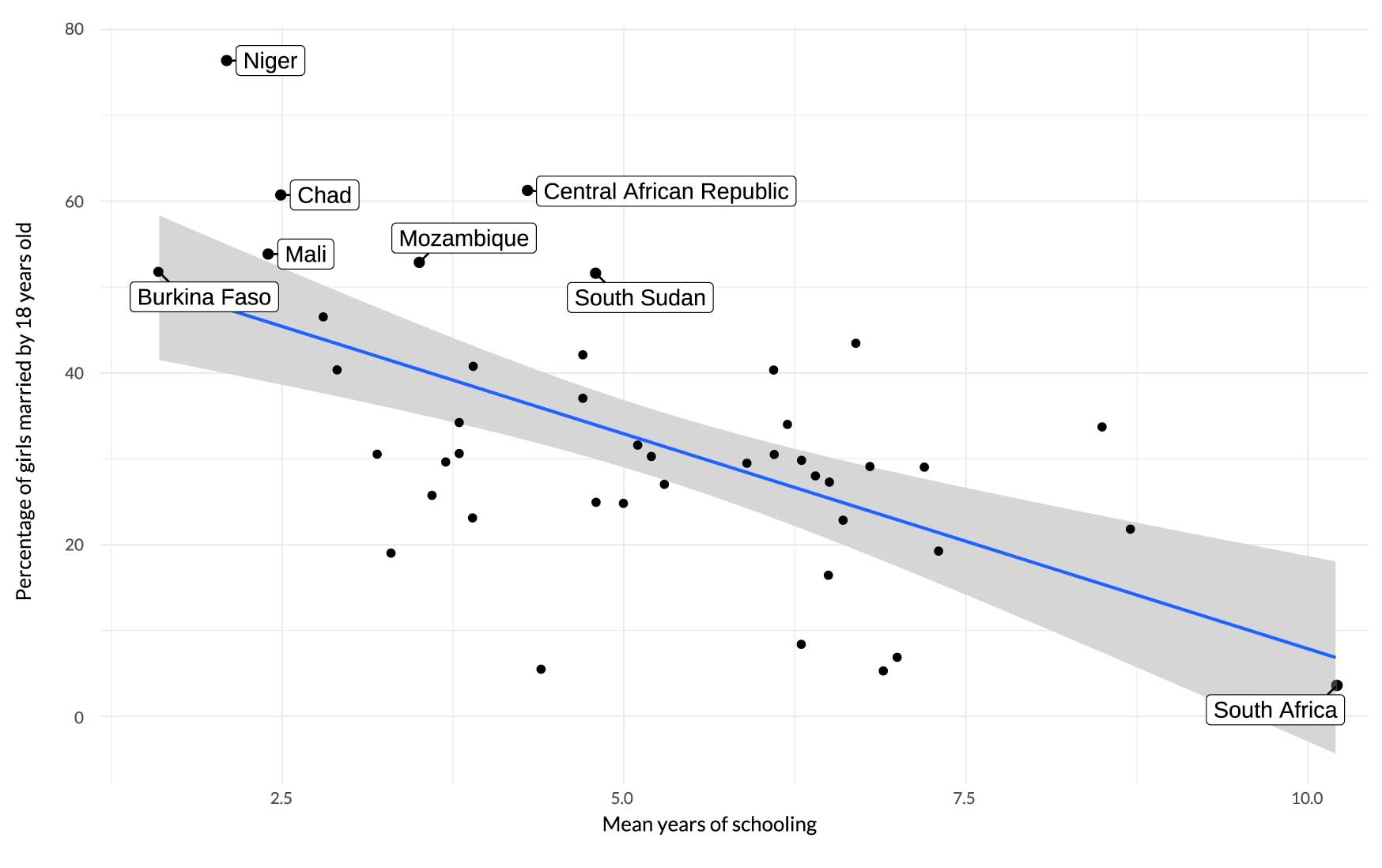
Figure 2: Child marriage by education level across Africa
Early motherhood has profound health consequences for young girls and their infants. Adolescent girls are often not yet biologically mature enough to handle the demands of pregnancy and birth. This lack of physical maturity increases the risk of damage to the reproductive system, including anaemia or hypertension during pregnancy; pre-term labour; cephalopelvic disproportion; and low birth weight of the baby. Early childbearing is the leading cause of mortality among West African girls aged 15-19. In Niger, studies indicate that early marriage increases a girl’s risk of contracting HIV/AIDS and other sexually transmitted diseases (STDs).
The very nature of this male-dominated society means that girls are under immense pressure to engage in sexual activity and prove their fertility. High cervical cancer rates are linked to low contraception usage and young girls forced to engage in sexual activity before they are physically ready.
Communities that practice child marriage are often unaware of the psychological, developmental and economic costs to their daughters, nieces, or sisters. Young married girls remain in a perpetual cycle of poverty with no tools to pursue opportunities to better their lives or the lives of their children. Many have experienced psychological trauma and are mentally ill-equipped to cope with the responsibilities and expectations of adult life. In Niger, government and local civil society organisations are now campaigning against child marriage and the message is clear: child marriages are compromising national development in a significant way.

Niger’s government has also recently taken steps to combat the practice, by establishing child protection committees as well as engaging with key community leaders about the risks of early marriage for girls. Although Niger’s minimum age for marriage is 21, weak legislative enforcement makes these laws unhelpful in combating child marriage. Moreover, communities believe 21 is too old, so perhaps with increased consultation, a compromise can be reached to create legislation that fits the needs and ideals of these communities.
Community dialogue remains the single most important way of promoting positive cultural change across countries where child marriage is common practice. Through these dialogues, community leaders gain a better understanding of the risks involved in early marriage and the importance of allowing girls to remain in school until reaching adulthood. Governments and civil society organisations must play a critical role in assisting households to keep their girls in school if it is unaffordable for families to do so. Ultimately, if the life of an African girl child can be more prosperous and freer, then this continent has a brighter future.
Monique Bennett holds a Master’s degree in International Relations from the University of the Witwatersrand. She is currently pursuing her Doctorate in Political Science at Stellenbosch University funded by the Peace Research Institute of Oslo. She enjoys a mixed-methods approach to research across topics such as governance, environmental issues, human security and peacebuilding within the African context. She supports her research team by providing data-driven evidence for their research/op-eds and writes for various South Africa news outlets.

